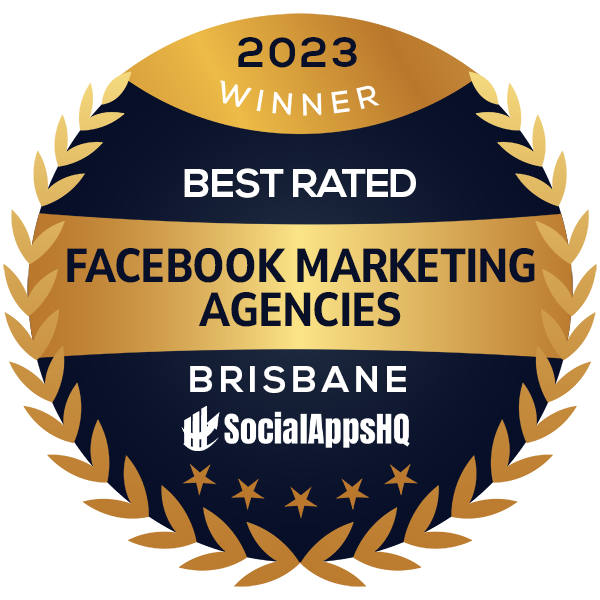Creating a Content Marketing Strategy can be a daunting task, but with a little creativity and determination, it can be a lot of fun. One of the biggest challenges our clients face when it comes to marketing is knowing where to start. In this article, we will walk you through the exact process we use at Done Digital to take your business from zero to hero. So, grab a cup of coffee, and let’s get started on creating a content marketing strategy that delivers results!
Define your Target Audience
When it comes to creating a successful content marketing strategy, understanding your audience is key. After all, your content should be tailored to their interests, needs, pain points, and desires if you want to engage and convert more customers. That’s why taking the time to research your audience is a critical first step.
Start by asking your existing customers for feedback on what they like and dislike about your brand. This can help you understand what’s working and what needs improvement. Additionally, using tools like Answer The Public are great to get into your customers’ heads. Browsing social media platforms where your target audience is active can also provide valuable insights into their interests. By understanding your audience, you’ll be able to create content that truly speaks to their needs and wants.
Set Clear Goals
Next up, let’s talk about setting clear goals. Picture this: you’re about to embark on a road trip, but you have no idea where you’re going. How will you know when you’ve arrived? The same goes for content marketing. You need to have a destination in mind, a goal that you’re working towards. Do you want to increase website traffic? Generate leads? Boost brand awareness? We’re guessing it’s probably a combination of those. Having a clear goal in mind will help you shape your content and make sure you’re moving in the right direction.
It’s also worth noting that your goals may evolve over time as your business grows and changes. That’s why it’s important to regularly revisit your content marketing strategy and make adjustments as needed. By staying flexible and adaptable, you can ensure that your content marketing efforts continue to drive results for your business.
Create Valuable Content
Now, it’s time to get creative! Think about the type of content your audience would enjoy. Would they prefer informative blog posts, engaging social media content, or helpful how-to videos? Whatever it is, make sure your content is not all about your business but provides value to your audience. Answer their questions and solve their problems to keep them engaged with your brand.
In addition to evolving your goals and strategies, it’s also important to stay up-to-date with the latest trends and best practices in content marketing. This can involve experimenting with new formats or platforms, such as video or social media, and optimising your content for search engines and user experience.

Content Marketing Strategy: Creating valuable and informative content that resonates with your target audience, increases your brand’s visibility and credibility.
Be Consistent
Consistency is key when it comes to content marketing. Think of it like a workout routine. You can’t expect to see results if you only exercise once a month, right? The same goes for content marketing. Develop a content calendar and stick to it. Consistently producing high-quality content will help build trust with your audience and keep them coming back for more.
Consistency can also help you build momentum over time. As you continue to produce high-quality content and engage with your audience, you’ll start to see increased traffic, engagement, and ultimately, conversions. This can help you establish a virtuous cycle of success, where each piece of content you produce drives more and more results for your business.
Optimise for Search
Optimising your content for search engines is crucial for getting your content in front of the right people. But let’s be real, SEO can be a bit of a snooze fest. So, spice it up a bit! Conduct keyword research, but don’t be afraid to throw in some fun and quirky keywords too. It will make your content stand out and keep your audience engaged.
Of course, it’s important to balance creativity with effectiveness. You still want to make sure that your content is optimised for the right keywords and is easily discoverable by search engines. But by injecting a little bit of personality and creativity into your content, you can help set it apart from the competition and keep your audience engaged, which is equally as important as the keywords you choose.
Promote your Content
Creating great content is only half the battle. You need to promote it too! One way to promote your content is by sharing it on social media. Whether you’re posting updates on Facebook, Twitter, LinkedIn, or Instagram, social media provides a powerful platform for promoting your content and engaging with your audience.
But social media isn’t the only channel for content promotion. You can also leverage email newsletters, paid advertising, influencer marketing, and other channels to get your content in front of the right people. Ultimately, effective content promotion is all about finding the right mix of channels, tactics, and engagement strategies that work best for your brand and your audience.
Measure and Adjust
Finally, it’s crucial to track your content marketing efforts and measure their success over time. By monitoring key metrics like website traffic, engagement rates, and lead generation, you can identify what’s working well and what needs improvement in your content marketing strategy.
But let’s be honest, tracking metrics can be a bit dry and boring. So why not spice it up with some friendly competition among colleagues? Setting goals and seeing who can achieve them first can be a fun and effective way to keep everyone on your team motivated and engaged in the content marketing process.
To wrap things up, creating a content marketing strategy can be a bit of work, but it can also be a lot of fun and a worthwhile endeavour. By getting to know your audience, setting clear goals, creating valuable content, being consistent, optimising for search, promoting your content, and measuring your success, you can take your business from zero to hero!
Want to grow your business with a content marketing strategy that delivers results? Book a free strategy call with the team at Done Digital today. We’ll help you understand your business needs and provide personalised recommendations to grow your business faster and more effectively.



